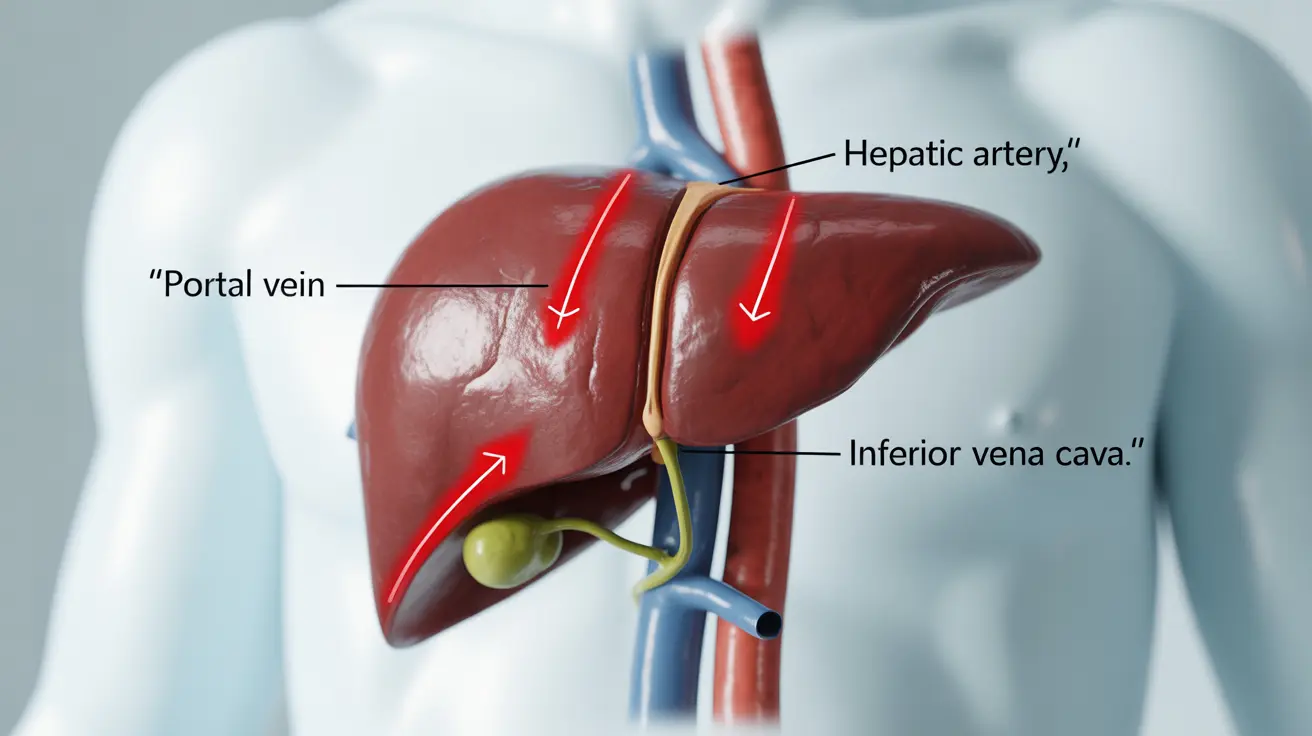Food dye intolerance symptoms affect millions of people worldwide, yet many remain unaware that their discomfort may be linked to artificial colorings in their diet. These synthetic additives, commonly found in processed foods, beverages, and even medications, can trigger a range of uncomfortable reactions that significantly impact daily life.
Understanding the signs of food dye intolerance is crucial for maintaining optimal health and well-being. Unlike true food allergies, food dye intolerance involves the digestive system's inability to properly process certain artificial colorings, leading to various physical and behavioral symptoms that can affect both children and adults.
Understanding Food Dye Intolerance
Food dye intolerance occurs when the body struggles to break down and process artificial food colorings. This condition differs from a true allergy in that it doesn't involve the immune system's inflammatory response. Instead, it typically results from enzyme deficiencies or sensitivity to specific chemical compounds found in synthetic dyes.
The most problematic artificial dyes include Red Dye #40, Yellow Dye #5 (tartrazine), Yellow Dye #6, Blue Dye #1, and Red Dye #3. These petroleum-derived colorings are widely used in the food industry to enhance product appearance and consumer appeal.
Common Physical Symptoms in Adults and Children
Digestive System Reactions
Gastrointestinal symptoms represent the most frequent manifestation of food dye intolerance. Adults and children may experience stomach pain, cramping, bloating, and irregular bowel movements after consuming foods containing artificial colorings. Nausea and occasional vomiting can also occur, particularly when large quantities of dyed products are consumed.
Diarrhea is another common symptom, often appearing within hours of ingestion. Some individuals may notice changes in stool color, which can be alarming but is generally harmless and temporary.
Skin and Respiratory Reactions
Dermatological symptoms frequently accompany food dye intolerance. Hives, rashes, and general skin irritation may develop, particularly around the mouth and face initially before spreading to other areas. Some people experience eczema flare-ups or increased skin sensitivity.
Respiratory symptoms, while less common, can include nasal congestion, runny nose, and mild breathing difficulties. These reactions are typically mild but can be concerning for parents observing their children.
Behavioral Changes and Neurological Effects
Hyperactivity and Attention Issues
Behavioral changes represent a significant concern, especially in children. Many parents report increased hyperactivity, difficulty concentrating, and restlessness after their children consume artificially colored foods or drinks. These symptoms can interfere with learning and social interactions.
Sleep disturbances, including difficulty falling asleep and restless sleep patterns, are frequently reported. Children may also experience mood swings, irritability, and emotional outbursts that seem disproportionate to the situation.
Cognitive Symptoms
Some individuals experience brain fog, confusion, or difficulty processing information after consuming artificial dyes. Headaches and migraines are also reported, particularly with certain red and yellow dyes.
Distinguishing Intolerance from True Allergies
Food dye allergies involve immediate immune system responses and can be life-threatening, requiring emergency medical attention. True allergic reactions typically include severe symptoms such as difficulty breathing, throat swelling, rapid pulse, and widespread hives appearing within minutes of exposure.
In contrast, food dye intolerance symptoms develop gradually, usually within hours of consumption, and while uncomfortable, they're rarely dangerous. Intolerance symptoms tend to be dose-dependent, meaning larger amounts of artificial dyes typically produce more severe reactions.
Foods Commonly Containing Artificial Dyes
Processed snack foods, candies, and baked goods frequently contain multiple artificial colorings. Breakfast cereals, particularly those marketed to children, often feature bright colors achieved through synthetic dyes. Fruit-flavored beverages, sports drinks, and sodas are major sources of artificial colorings.
Less obvious sources include certain medications, vitamins, toothpastes, and mouthwashes. Ice cream, yogurt, and flavored dairy products may also contain dyes, as do some restaurant foods and prepared meals.
Natural Management Strategies
Elimination Diet Approach
The most effective management strategy involves systematically removing artificial dyes from the diet. This process requires careful label reading and gradually eliminating suspect foods while monitoring symptom improvement. Keep a detailed food and symptom diary to identify specific triggers.
Focus on whole, unprocessed foods including fresh fruits, vegetables, lean proteins, and whole grains. Natural food colorings from sources like beets, turmeric, and spirulina provide safer alternatives for those who enjoy colorful foods.
Supporting Digestive Health
Probiotics can help restore healthy gut bacteria and improve overall digestive function. Digestive enzymes may assist in breaking down problematic compounds more effectively. Staying well-hydrated helps flush toxins from the system and supports overall health.
Anti-inflammatory foods such as ginger, turmeric, and omega-3 rich fish may help reduce reaction severity. Avoiding other known triggers during the elimination process can provide clearer results.
Prevention and Long-term Management
Reading ingredient labels becomes essential for long-term management. Look for terms like "artificial colors," "FD&C," or specific dye numbers. Choose organic and naturally colored products when possible, as these typically avoid synthetic additives.
Meal planning and preparation help ensure safe food options are readily available. Teaching children to recognize problematic foods empowers them to make better choices independently.
Frequently Asked Questions
What are the most common symptoms of food dye intolerance in children and adults?
The most common symptoms include digestive issues like stomach pain, bloating, and diarrhea, along with skin reactions such as hives and rashes. Children frequently experience hyperactivity, difficulty concentrating, and sleep disturbances. Adults may also notice headaches, mood changes, and general feelings of discomfort after consuming artificially colored foods.
How can I tell the difference between a food dye allergy and intolerance?
Food dye allergies cause immediate, severe immune responses including difficulty breathing, throat swelling, and widespread hives within minutes of exposure. These reactions can be life-threatening and require emergency medical care. Intolerance symptoms develop more gradually over hours, are generally less severe, and primarily affect digestion and behavior rather than causing dangerous allergic reactions.
Can artificial food dyes cause hyperactivity or behavioral changes in kids?
Yes, numerous studies and parental reports indicate that artificial food dyes can trigger hyperactivity, attention problems, and behavioral changes in sensitive children. Symptoms may include increased restlessness, difficulty focusing, mood swings, and sleep disturbances. These effects are typically dose-dependent and improve when artificial dyes are removed from the diet.
What foods commonly contain artificial dyes that trigger intolerance symptoms?
Common sources include brightly colored candies, breakfast cereals, fruit-flavored drinks, sports beverages, processed snacks, baked goods with colorful frosting, and ice cream. Less obvious sources include certain medications, vitamins, flavored dairy products, and some restaurant foods. Always check ingredient labels for terms like "artificial colors," "FD&C dyes," or specific dye numbers.
How do I manage or treat food dye intolerance symptoms naturally?
The most effective approach is eliminating artificial dyes from your diet through careful label reading and choosing whole, unprocessed foods. Support digestive health with probiotics and stay well-hydrated. Keep a food and symptom diary to identify specific triggers. Anti-inflammatory foods like ginger and turmeric may help reduce reaction severity. Focus on naturally colored alternatives and organic products when possible.




